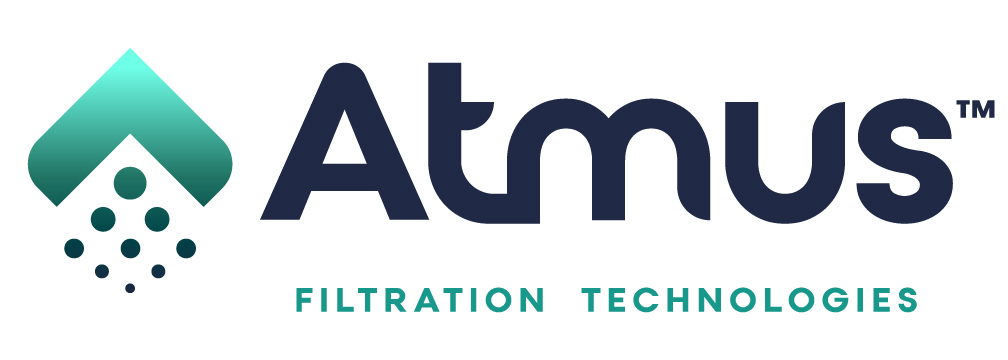आपूर्तिकर्ता पुस्तिका
एटमस फिट्रेशन टेक्नोलॉजीज वैश्विक आपूर्तिकर्ता भागीदारों को महत्व देता है जो गुणवत्ता के प्रति अपनी प्रतिबद्धता साझा करते हैं।
उस लक्ष्य का समर्थन करने के लिए, एटमस ने Atmus - Supplier Handbook (Customer Specific Requirements) (एटमस-सीएसआर) पीडीएफ विकसित और कार्यान्वित किया है। एटमस-सीएसआर में न्यूनतम गुणवत्ता आवश्यकताएँ शामिल हैं जिन्हें एटमस के साथ व्यापार करने के लिए आपूर्तिकर्ता को पूरा करना होगा।
Atmus CSRs उन सभी आपूर्तिकर्ताओं पर लागू होते हैं जो एटमस और इसकी किसी भी सहायक कंपनी, संयुक्त उद्यम, प्रभाग या सहयोगी को सीधे सामग्री प्रदान करते हैं। वे ISO9001:2015 और IATF 16949:2016 के अनुरूप हैं। सभी एटमस आपूर्तिकर्ताओं को एटमस सीएसआर की आवश्यकताओं को पूरा करना होगा।
एटमस क्वालिटी मैनेजमेंट सॉल्यूशन्स (AQMS)
AQMS एटमस और आपूर्तिकर्ताओं द्वारा गैर-अनुरूपता (MNCS, PNCS, SCARS), नए उत्पाद विकास (APQP, PPAP, स्रोत रिलीज़) और प्रदर्शन निगरानी (PPM, व्यवधान, SCAR प्रतिक्रिया) से संबंधित जानकारी प्रबंधित करने के लिए उपयोग किया जाने वाला वेब-आधारित एप्लिकेशन है।
विचलन/छूट
यदि किसी आपूर्तिकर्ता को एटमस संयंत्रों से विचलन/छूट की आवश्यकता है, तो कृपया निम्नलिखित पढ़ें:
- प्रत्येक एटमस संयंत्र को आपूर्तिकर्ता द्वारा अनुमोदन के लिए अपना स्वयं का व्यक्तिगत विचलन/छूट प्रस्तुत करने की आवश्यकता होती है। इसका मतलब यह है कि यदि कोई आपूर्तिकर्ता एक से अधिक एटमस संयंत्रों को पुर्जे भेजता है, तो प्रत्येक प्रभावित एटमस संयंत्र के लिए विचलन/छूट की आवश्यकता होगी।
- उदाहरण के लिए, यदि कोई आपूर्तिकर्ता तीन अलग-अलग एटमस संयंत्रों को भेजता है, तो तीन विचलन/छूट की आवश्यकता होती है (प्रत्येक एटमस संयंत्र के लिए एक)।
यह कोई नई आवश्यकता नहीं है; यह घोषणा हाल ही में हुए कुछ भ्रम के कारण स्पष्टीकरण के उद्देश्य से है।
आपूर्तिकर्ता परिवर्तन अनुरोध (SCR)
आपूर्तिकर्ताओं को किसी परिवर्तन को लागू करने से पहले अपने एटमस एसक्यूई से सभी प्रक्रिया और उत्पाद परिवर्तन अनुरोधों के लिए अनुमोदन प्राप्त करना होगा। प्रस्तावित परिवर्तनों को नीचे दिए गए एटमस आपूर्तिकर्ता परिवर्तन अनुरोध (एससीआर) फ़ॉर्म का उपयोग करके अनुमोदित किया जाएगा। आपूर्तिकर्ता गुणवत्ता पुस्तिका के अनुसार आपूर्तिकर्ताओं को एआईएजी पीपीएपी मैनुअल, तालिका 3.1 का पालन करना चाहिए और किसी भी एससीआर को प्रस्तावित परिवर्तन की नियोजित कार्यान्वयन तिथि से कम से कम 12 सप्ताह पहले प्रस्तुत किया जाना चाहिए।
